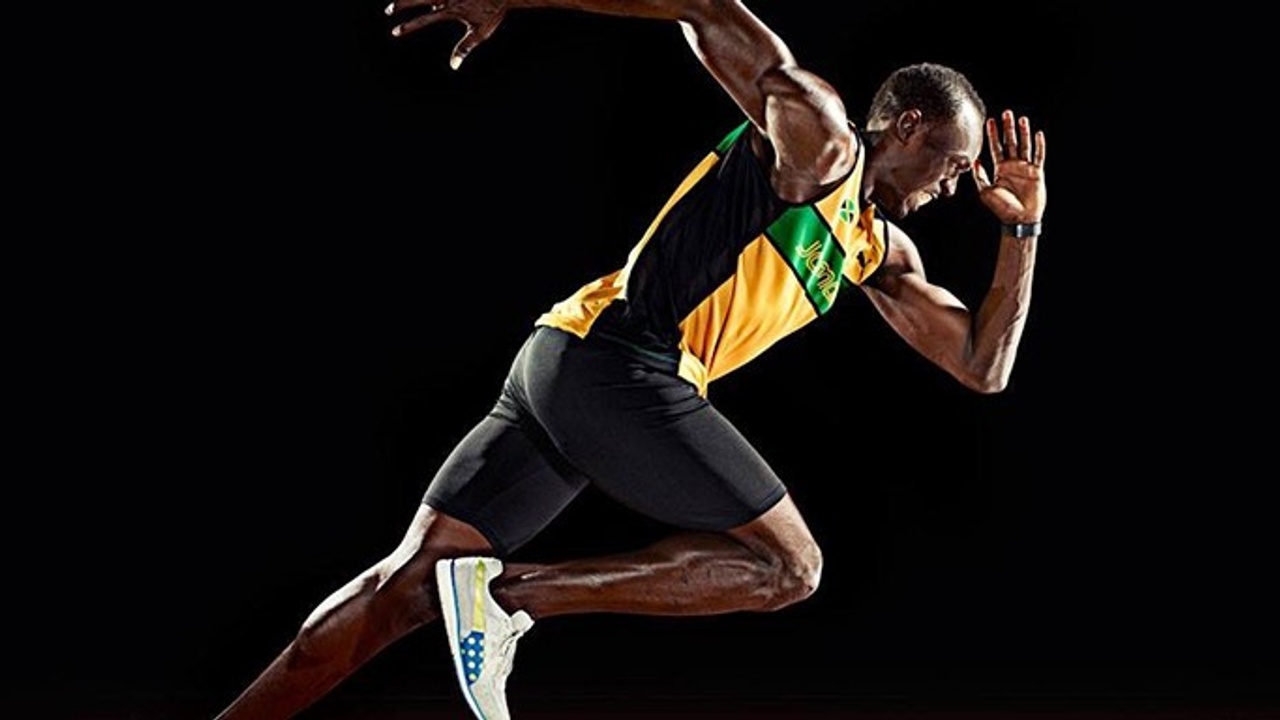
4 Must Have Sprinting Methods
Executing basic sprint mechanics with precision is the key to transforming technique; repeated proper practice over time will improve performance. Sprinters need to develop coordination, balance, timing, and more advanced skills such as maximizing ground contact time, stride length, stride frequency, and recovery mechanics. The primary methods to develop sprint technique include warm up drills, speed training, and lower intensity running focused on mechanics.
Sprinting technique was one of the main reasons for Usain Bolt’s domination in track and field. Bolt's coach Glenn Mills stated, “coaches have to continuously react and replay and redo the drills, getting the athlete to run over and over to break habits.”
Four Methods Used by Sprinters
- Sprint Drills for Technique
- High Intensity Training for Speed
- Lower Intensity Training for Sprint Mechanics
- Strength Training for Power
Sprint Drills
Sprint training drills are important for warm up and teaching proper sprint mechanics. Sprint workouts for speed should start with dynamic warm up exercises to improve sprint technique and proper running mechanics. All running workouts need to start with drills to improve sprint mechanics before the sprinting workouts for speed begin. The focus on mechanics is not only during warm up drills but also during all running workouts. It is important to develop proper sprint mechanics; the simplest way is with sprint drills during the warm up.
High Intensity Training (>90%)
High intensity training is focused on acceleration and maximum velocity. Acceleration training requires a short burst of speed under 7 seconds. Maximum velocity training includes near maximal (90-95%) and maximal intensity (95%+) training of 40 to 80 meters with rest periods of 3-4 minutes between repetitions.
One way to overcome fatigue during intense running workouts is to develop proper mechanics, especially with sprint workouts for beginners. Coach Mills stated, "we set about doing drills, then we took videos of his workouts and broke them down on the screen in slow motion to show him exactly what he was doing. I would draw diagrams and show him the position that we are working to achieve".
Proper technique repeated over time will yield performance improvements.
Exercise Considerations for High Intensity Sprinting Workouts
- Train acceleration more than max velocity at the start of the season
- Train speed (acceleration and max velocity) before speed endurance
- Keep intensity over 90%
The program should be designed around the energy systems and athletic abilities needed to run fast. Acceleration mechanics and maximum velocity training should be trained before speed endurance, according to the USATF (2015).
Lower Intensity Training (75 to 90%)
Sprinting workouts should include technique work to develop coordination, balance, and timing on lower intensity training days. The primary training methods for lower intensity training for sprinters include specific endurance, special endurance, and intensive tempo training. Training distances vary from 15 seconds to 90 seconds, with varying rest periods based on the session's objectives.
Exercise Considerations for Lower Intensity Sprinting Workouts
- Running workouts focused on technique
- Keep the intensity between 75% to 90%
Strength Training
Sprint technique can deteriorate during intense training sessions; one way to overcome fatigue is to develop strength. Today, a sprinter looks more like a bodybuilder than a distance runner because of the need for high levels of force development during sprinting.
When Coach Mills talked about Usain Bolt, he discussed strength development; he stated, “here we believe that the development of the hip-flexor to coincide with the strong upper body, and core.”
Improper body alignment resulted in slower performances and more injuries. Strength training for speed and power will improve performance and reduce injuries.

A proper strength training program will include power lifting type exercises, olympic lifting, multiple jumps/throws combinations to improve specific strength and power. General bodyweight exercises, secondary movements that isolated specific muscles, and core work are good supplementary training activities for sprinters.






